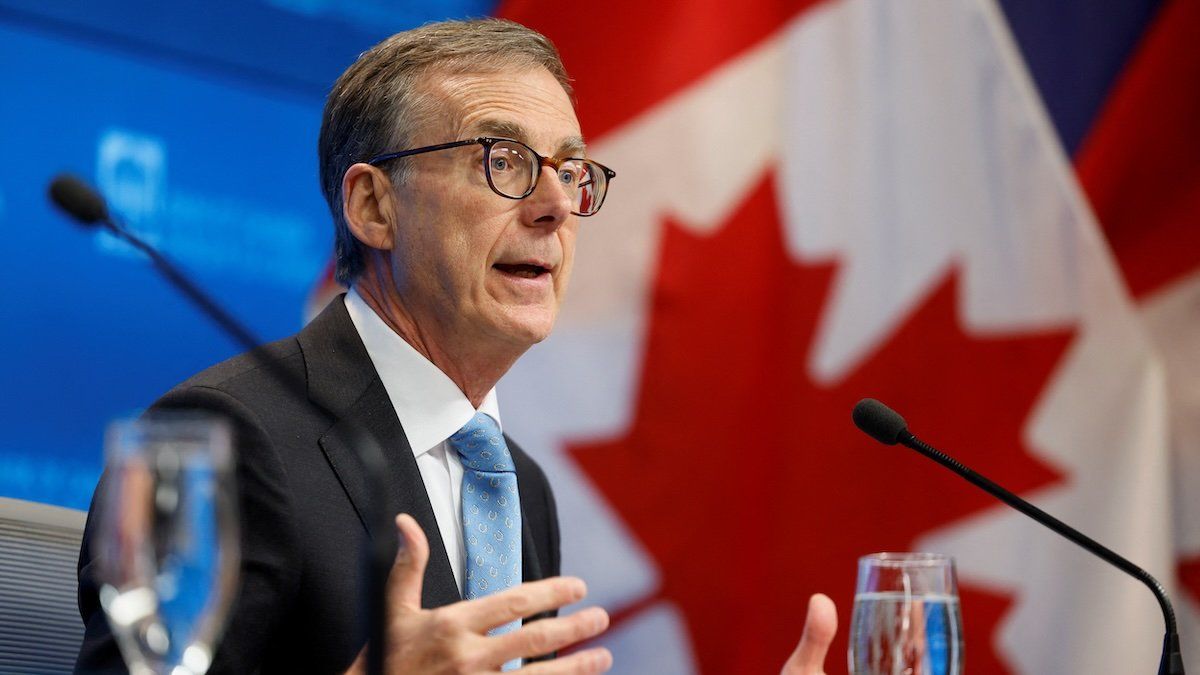The Bank of Canada cut interest rates by .50 basis points on Wednesday, the steepest reduction since March 2020. The “jumbo” cut brings the cost of borrowing down to 3.75%. Previously, the bank introduced .25 basis point cuts in June, July, and September.
With the cut, Canada has become the first G7 country to slash rates four times. Gov. Tiff Macklem cited a drop in inflation to near the bank’s 2% inflation target and a softer-than-ideal economy, including weak business hiring, for the cut. Inflation was 1.6% in September.
The bank also signaled there may be more cuts to come.
Last month, the US Federal Reserve made its own jumbo cut, lowering interest rates by half a point, a deeper cut than many expected – and its first in four years as inflation returns to pre-pandemic levels. Inflation stateside was 2.4% in September.
The Fed, like the Bank of Canada, makes its own monetary decisions, but the two watch one another’s moves. Federal Reserve officials are already talking about more cuts and will next meet on Nov. 6.
While we may not be returning to the years of ultra-cheap borrowing that followed the 2008 financial crisis, the Fed and Bank of Canada cuts suggest a return to pre-pandemic rates, which will be welcome news to consumers and anyone shopping for a mortgage.
